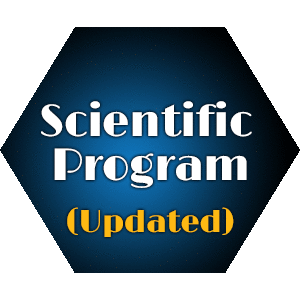
Biography
Biography: Giovanni Gasbarrini
Abstract
Few data exist on differences in gut microbiota composition among principal gastrointestinal diseases. We evaluated the differences in gut microbiota composition among uncomplicated diverticular disease (DD), IBS and IBD patients. DD, IBS and IBD patients along with healthy controls (CT) were enrolled in our Italian GI outpatient clinic. Stool samples were collected. Microbiota composition was evaluated through a metagenomic gene-targeted approach. GI pathology represented a continuous spectrum of diseases where IBD displayed one extreme while healthy controls displayed the other. Among Phyla, Biplot PC2/PC3 and dendogram plot showed major differences in samples from IBS and IBD. DD resembled species CT composition, but not for Bacteroides fragilis. In IBS, Dialister spp and then Faecalibacterium prausnitzii were the most representative species. UC showed a reduced concentration of Clostridium difficile and an increase of Bacteroides fragilis. In CD, Parabacteroides distasonis was the most represented, while Faecalibacterium prausnitzii and Bacteroides fragilis were significantly reduced. Each disorder has its definite overall microbial signature, which produces a clear differentiation from the others. On the other side, shared alterations constitute the “core dysbiosis” of GI diseases. The assessment of these microbial markers represents a parameter that may complete the diagnostic assessment.

